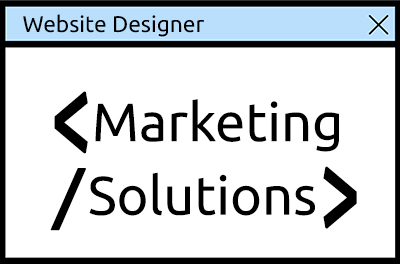Headless WordPress is transforming modern web development by separating the front-end and back-end functionalities.
This approach offers greater flexibility, faster performance, and seamless integration with cutting-edge technologies.
In this blog, we’ll explore how to implement headless WordPress for your next project and why it’s a game-changer for developers in 2025.
What is Headless WordPress?
Headless WordPress decouples the content management system (CMS) from the presentation layer. Here’s how it works:
-
Backend (WordPress): Manages content using WordPress as the CMS.
-
Frontend (Frameworks): Displays content using modern frontend frameworks like React, Vue.js, or Angular.
-
API Bridge: REST API or GraphQL connects the backend and frontend.
Benefits of Headless WordPress
-
Improved Performance
-
Faster page loading speeds with optimised front-end frameworks.
-
Enhanced user experience by reducing server-side dependencies.
-
-
Flexibility and Scalability
-
Use any frontend technology for complete design freedom.
-
Scale easily as traffic and content grow.
-
-
Enhanced Security
-
Decoupling reduces exposure to vulnerabilities.
-
The frontend is entirely separate from WordPress login endpoints.
-
-
Seamless Integration
-
Integrate with third-party tools, APIs, and services effortlessly.
-
Build dynamic, multi-platform applications.
-
Step-by-Step Guide to Implement Headless WordPress
-
Set Up WordPress
-
Install WordPress on your server or local environment.
-
Enable REST API or GraphQL plugin for content access.
-
-
Choose a Frontend Framework
-
Popular options include React, Vue.js, and Next.js.
-
Select a framework that aligns with your project needs and developer expertise.
-
-
Fetch Data with APIs
-
Use WordPress’s REST API or GraphQL to retrieve posts, pages, and custom data.
-
Example (REST API):
fetch('https://yourwebsite.com/wp-json/wp/v2/posts')
.then(response => response.json())
.then(data => console.log(data));
-
-
Build and Deploy the Frontend
-
Develop your frontend application using your chosen framework.
-
Host the frontend on platforms like Netlify, Vercel, or AWS.
-
-
Optimise for Performance
-
Use caching, CDN services, and image optimisation to enhance speed.
-
Use Cases for Headless WordPress
-
Ecommerce Websites: Seamless integration with custom shopping experiences.
-
Content Platforms: Dynamic content rendering for blogs, news sites, and magazines.
-
Mobile Apps: Serve WordPress content to mobile applications via APIs.
Conclusion
Headless WordPress is revolutionising how developers approach modern web development.
By adopting this innovative architecture, you can deliver faster, more flexible, and highly secure web solutions.
At Marketing Solutions, we specialise in leveraging headless WordPress to create cutting-edge digital experiences. Contact us today to learn more.





